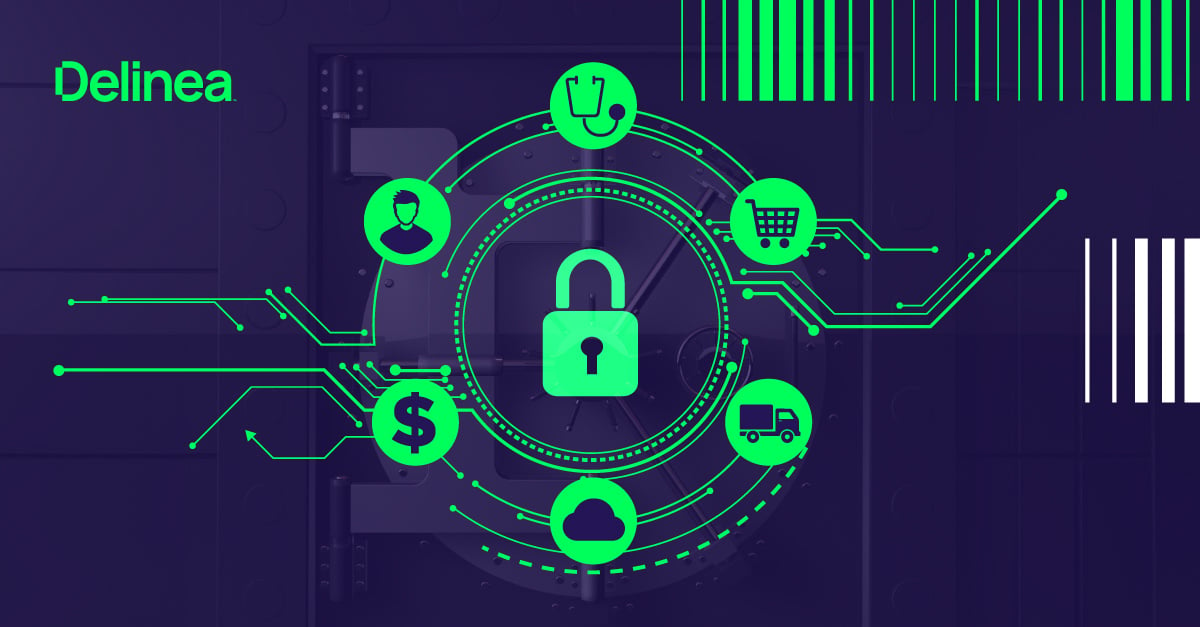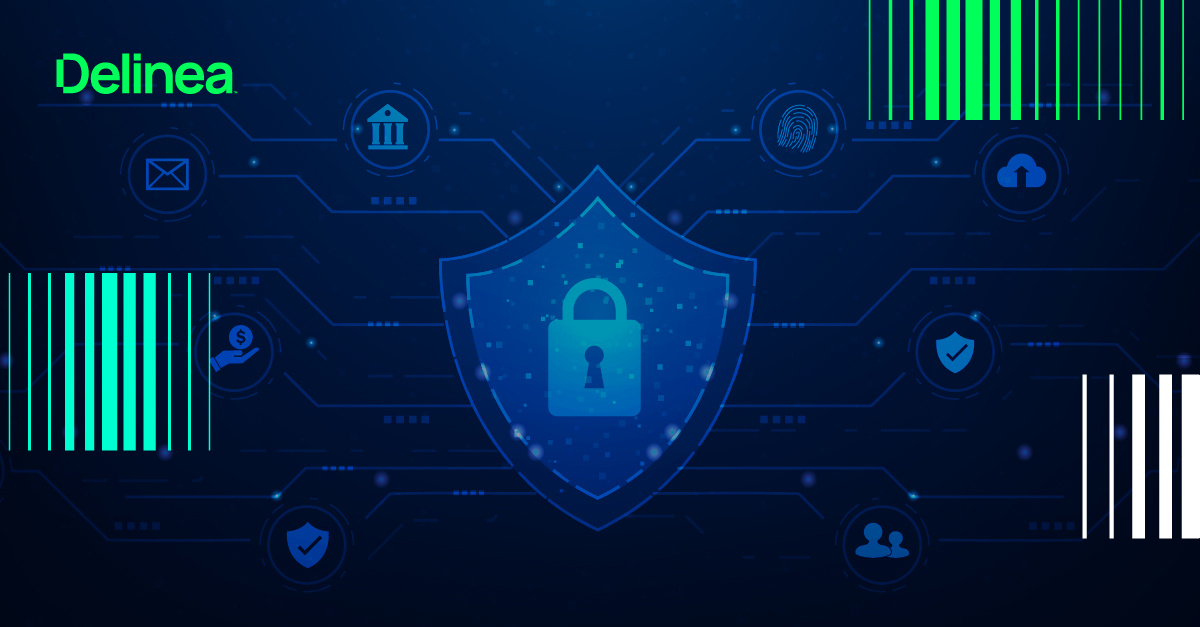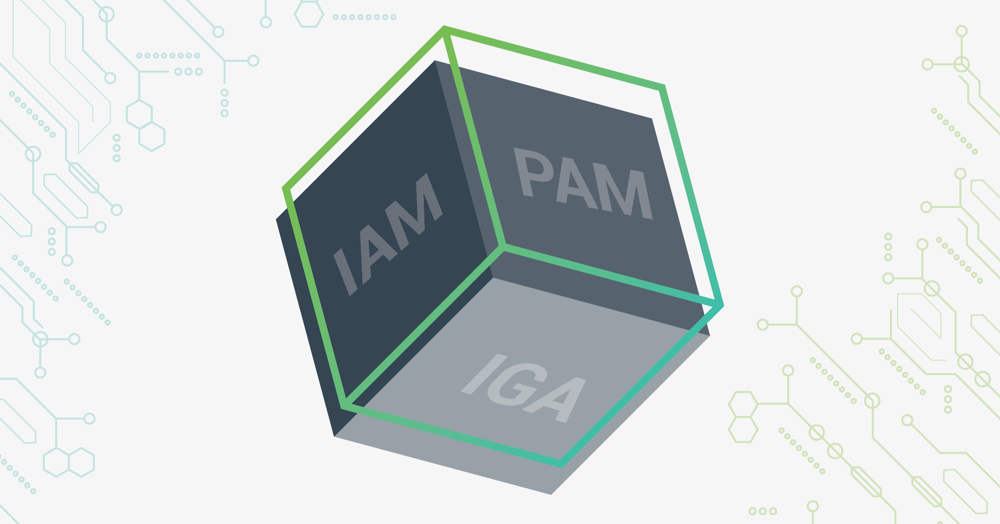What is Identity Management (IDM)?
In a digital-first world, securing access to critical resources is paramount.
Identity Management (IDM) is the system that allows organizations to control who accesses what, when, and why—protecting sensitive data and supporting seamless operations. IDM practices are grounded in the CIA Triad framework, focusing on Confidentiality, Integrity, and Availability to ensure that data remains secure, accurate, and accessible only to those with the right permissions. Let’s explore how IDM works to strengthen security while supporting organizational efficiency.
The CIA Triad: A framework for secure Identity Management

At the heart of effective IDM is the CIA Triad, which provides a balanced security approach:
- Confidentiality is about limiting access to information so that only authorized individuals can view or modify it. IDM systems achieve this through measures like multifactor authentication (MFA) and role-based access control (RBAC). By verifying user identities and matching them with appropriate access levels, these controls safeguard sensitive data against unauthorized access.
- Integrity ensures that data remains consistent and accurate over time. IDM systems track user actions and changes through auditing features that log activity and modifications, making it easier to detect anomalies. These audit trails also support compliance with regulations by verifying that only authorized changes occur.
- Availability guarantees that data and resources are accessible to authorized users when needed. To maintain uptime and operational continuity, IDM solutions monitor system health and use redundancy to keep services available, even during high-demand periods or unexpected disruptions.
This triad forms the backbone of IDM strategies, creating a secure environment where information flows smoothly, safely, and without interruption.
Key features of Identity Management systems
Modern IDM systems incorporate tools and features to manage user identities and permissions securely. Centralized user management is one of the foundational elements, allowing administrators to handle roles, permissions, and access from a single interface. This centralization reduces security gaps by ensuring that users have access only to the resources necessary for their roles, aligning closely with the principle of least privilege.
Another critical feature is self-service access. IDM’s self-service capabilities empower users to handle routine tasks, such as password resets and profile updates, without needing to contact IT teams. Not only does this improve the user experience, but it also reduces the administrative burden on IT, allowing them to focus on more strategic tasks.
Additionally, IDM enables delegated user management, where team leaders or department heads can oversee permissions for their own teams, which keeps access relevant to team needs without compromising security.
Regular access reviews and certifications are also essential to an effective IDM system. Through automated workflows, organizations can review and validate access rights, ensuring permissions stay aligned with job functions and current needs. This process helps to maintain data integrity and complies with regulatory requirements, while also allowing for the timely revocation of access when it is no longer needed.
Identity Management in practice: Workplace security applications
In a typical work environment, IDM supports multiple layers of security to ensure both convenience and control. Single Sign-On (SSO) is a common IDM solution that allows users to access multiple applications with a single set of credentials. By consolidating login processes, SSO reduces password fatigue and the risk of weak password practices, all while providing a streamlined user experience.
Multi-factor Authentication (MFA) further strengthens security by requiring additional verification steps beyond a password. With MFA, users confirm their identities through additional means, such as a code sent to their phone or a fingerprint scan, which makes unauthorized access significantly harder. Together, SSO and MFA provide a practical balance of security and ease of use, supporting the confidentiality of sensitive information.
By managing access based on verified identities, IDM keeps unauthorized individuals out while making access easy for legitimate users. These practices exemplify how IDM upholds the CIA Triad by ensuring only the right users access specific data under specific circumstances.
Enhancing security with Identity Governance and Administration (IGA)
Identity Governance and Administration (IGA) is a specialized area within IDM that provides visibility into user permissions and access activities. By automating compliance tasks, IGA helps organizations track access rights across the workforce, ensuring adherence to internal policies and external regulations. This not only enhances security but also reduces the administrative load on IT teams by automating critical checks.
IGA tools vary to suit different organizational needs. Lightweight options offer basic compliance tracking, ideal for smaller setups, while more advanced solutions deliver comprehensive oversight, including reporting and data analytics. Through automated monitoring, IGA minimizes security gaps that can arise from out-of-date permissions or lack of visibility, thereby strengthening confidentiality and integrity.
Addressing gaps in compliance is also critical for managing risk. Regular reviews of permissions and access certificates ensure that only authorized personnel maintain access to sensitive information, reducing the likelihood of unauthorized changes or data breaches. With these safeguards in place, organizations can confidently enforce policies that support data security and integrity.
Key processes in Identity Management
IDM consists of processes that support continuous oversight of access and user identities, ensuring security is maintained over time. One of these core processes is user management, which involves establishing roles and permissions to control data access within the organization. Effective user management reduces exposure to unauthorized access and keeps data confidential.
Identity synchronization is another crucial process that ensures user information remains consistent across platforms. By synchronizing data, IDM minimizes the chance of conflicts or inconsistencies in user credentials, directly supporting data availability. This continuous alignment of user information across systems also reduces the risk of security vulnerabilities that can arise from outdated or conflicting access data.
Access certifications are also part of effective IDM. By regularly reviewing and updating user permissions, organizations ensure that access levels stay current, minimizing unauthorized access. This approach aligns with the principle of data integrity, as it ensures access permissions reflect users’ current roles and responsibilities.
Business impact of Identity Management
Beyond security, IDM brings significant business benefits, from reduced cybersecurity risks to operational efficiency. By safeguarding access to critical systems and information, IDM prevents unauthorized users from gaining access, which reduces the likelihood of costly data breaches. This added layer of protection is essential to protect an organization’s financial and reputational health.
Effective IDM also reduces the risk of mismanaged access, which can lead to unintentional data exposure or non-compliance with regulatory standards. By aligning access rights with organizational policies and regulations, IDM helps maintain data integrity, while supporting reliable audit trails for compliance.
Finally, IDM delivers operational savings. By automating routine access management tasks, IDM reduces the load on IT teams, allowing them to focus on strategic initiatives. The resulting improvements in workflow and security efficiency help organizations not only meet security objectives but also achieve cost savings and support productivity.
Technical architecture of IDM: Security, scale, and stability
A secure IDM system relies on a robust technical architecture that can support the CIA Triad principles of confidentiality, integrity, and availability. An identity repository forms the foundation of this architecture, serving as the central database for storing user identities and credentials. This repository keeps data consistent and accessible, facilitating efficient management of access rights.
Scalability is another critical aspect of IDM architecture. As organizations grow, their IDM systems need to adapt to increased user loads and data demands. Modern IDM solutions use flexible data models that can expand in line with business needs, ensuring that data remains available without compromising performance.
Analytics and usage tracking within IDM provide critical insights into user behavior and access patterns, enabling proactive adjustments to security policies. By monitoring access trends, organizations can anticipate future needs and address potential security gaps, maintaining both availability and confidentiality in their digital environments.
Identity Management is essential for modern organizations, offering a reliable way to secure access, uphold data integrity, and ensure operational continuity. Anchored by the CIA Triad, IDM safeguards sensitive information and empowers teams to work efficiently and securely.
Secure privileged remote access for everyone


